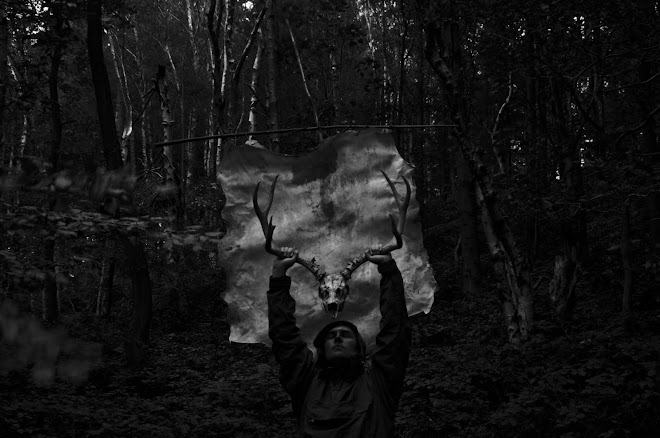skip to main |
skip to sidebar
Maize Beck: V





I am suddenly arrested dead in my tracks. There, on a large flat slab of brown rock protruding from the water is a fresh otter spraint. There are three pieces of scat, all deposited on the higher edge of the slab. I have seen similar depositions of otter scat in other places – sometimes on large flat rocks by the river side, sometimes on tussocks of moss. It is classic territory marking behaviour – leaving a spoor in a place that will warn those who need to be warned and entice those who should be enticed.
Of the three individual spraints the central deposit is the largest, showing that curled and twisted morphology characteristic of mustelids. There is wide seasonal variance in scat morphology amongst otters and these pieces range from 2cm to 5cm in size, with a very soft mucousy texture. This would suggest that the animal who marked this place is currently subsisting on a very meagre diet of slugs, earth worms and possibly frogs, if they have yet woken from their winter hibernation in these cold hills. The external colour of the spraints was a rich dark brown but when broken showed a greener colour, there were no fishbones or any solid particles in the spraint. The spraint gave off a sweet musky smell, not unpleasant. It is because of this smell, blown down the valley by the near constant winds, that the otter chose this rock.
Interestingly the otter had deposited the spraint over a grouse dropping, showing that this particular rock – perhaps owing to its flat tabular form and prominent position in the river affording a clear view down the valley – is favoured by more than one species as a marker point. I have found other communal latrine sites where different species have marked the same places – specifically roe deer and hares during snow coverage, but this is the first time I have found otter using a communal site with other species.







2 comments:
Yesterday, October 26th. whilst on a Dales Volunteer Duty on Fellside (Simon's Seat)on the Bolton Abbey Estate in North Yorkshire, we saw exactly the same Otter spraint on a rock. What puzzled us was that it was at about a thousabd feet on a grouse moor well away from a river.
Thank you so much for posting these wonderfully clear photographs showing position, size and most of all some variations in the classic otter spraint. We are fairly new volunteers surveying a stretch of the Somerset River Frome for the Somerset Otter Group and have had problems with lots of looose spraint, some containing small orange and black eggs(?)which we think could be American Signal Crayfish eggs or Brown Trout eggs (Crayfis remains often around the spraint and lots of Brown Trout in the river) but the spraint is tan coloured, very loose and coiled.
Your photographs have illustrated beautifully that all otter spraint is not only the classic coke-like bone filled specimen matching the photographs we have been issued with. We have bookmarked your site so we can use it to refer back to and we will now be much more diligent at smelling every one!! Thank you once again for your help.
Post a Comment